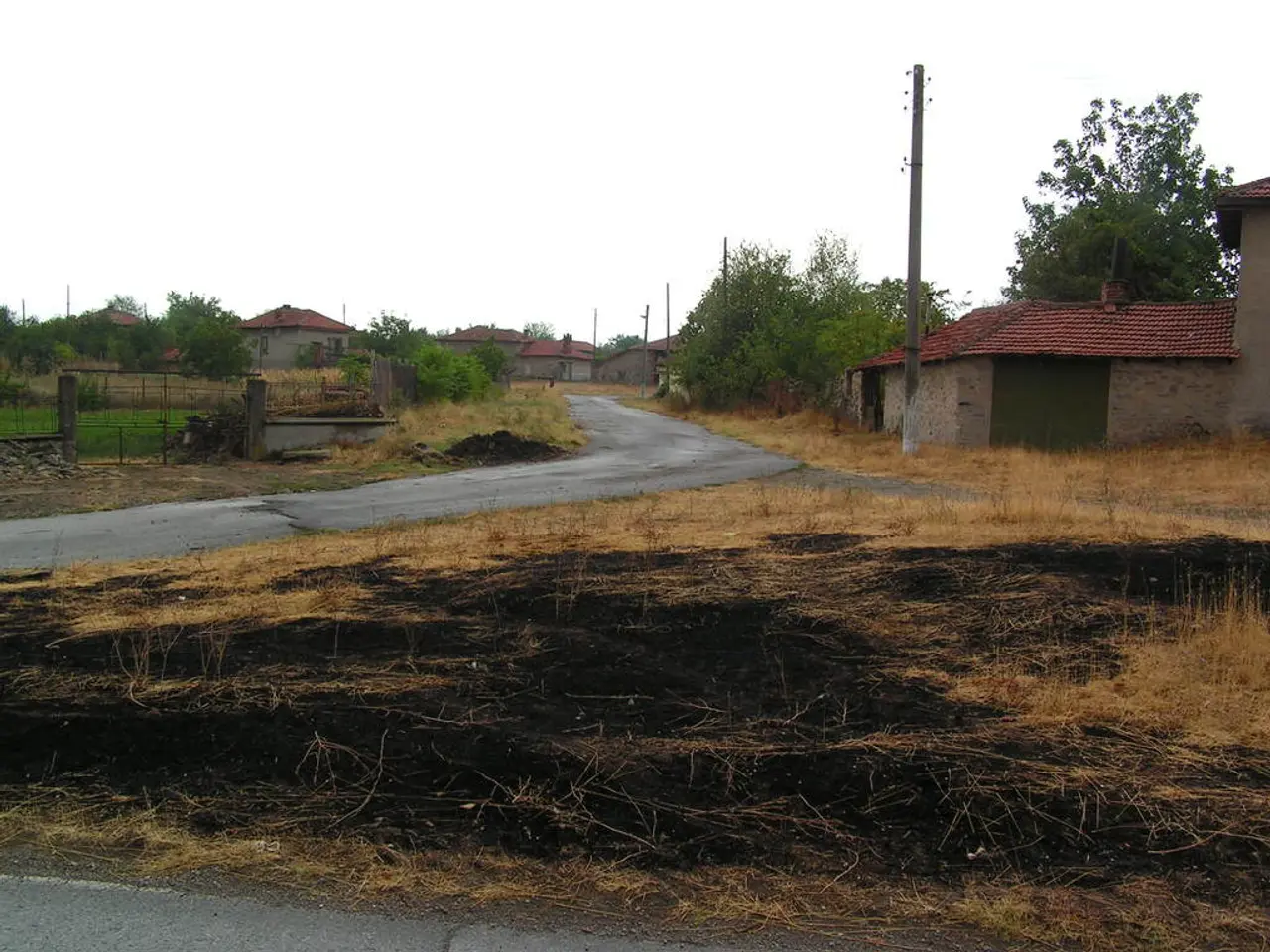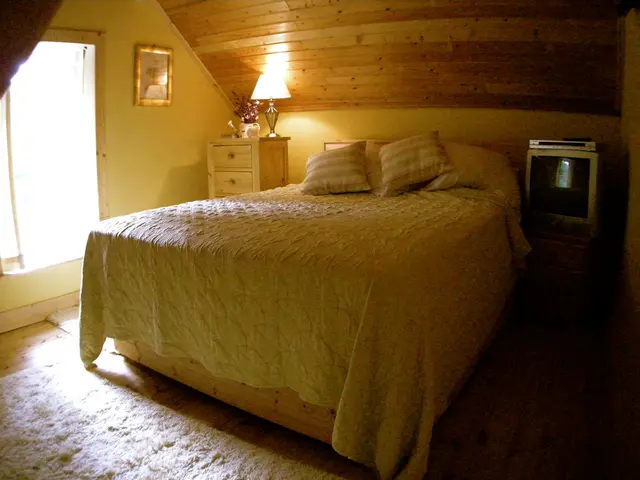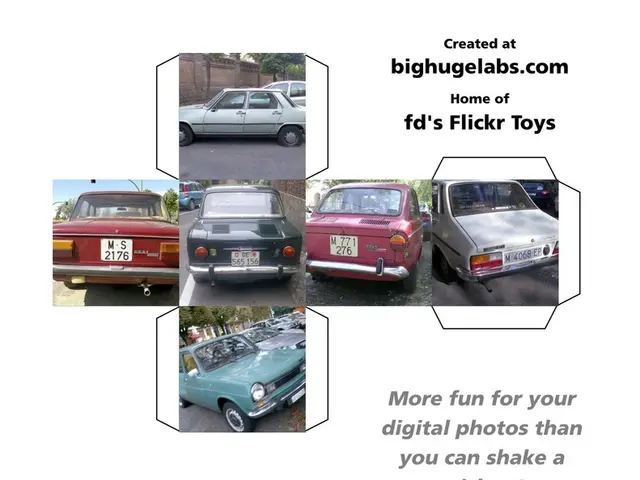Nuclear site Gorleben to transform into an eco-friendly energy park
In Lower Saxony, Germany, the Samtgemeinde Gartow and the municipality of Gorleben have ambitious plans for the former Gorleben mining area. The site, once designated for storing highly radioactive nuclear waste, is now slated to become an ecological energy park.
The transformation reflects a significant shift in energy policy, moving away from nuclear energy towards sustainable sources. Despite the presence of 113 Castor containers of highly radioactive waste nearby, the future of Gorleben is planned as a renewable energy hub, coexisting with the existing nuclear waste storage.
The energy park will focus on the storage of green hydrogen, deep geothermal energy, and a regional district heating network powered by wind and photovoltaics. Energy generation will primarily come from new wind turbines in the surrounding area and open-field photovoltaics on the existing operational area.
The DWK, the German company for the disposal of nuclear waste, acquired around 659 hectares of land in Gorleben in the late 1970s for a planned nuclear waste disposal center. However, the project was abandoned in the 1980s, and after the mine was dismantled, the DWK indicated that it no longer had an interest in the land's use.
The municipalities are in talks with the DWK regarding the former nuclear waste site land, with a communal foundation without legacy liabilities being suggested for future use. Clarity about the availability of the land is expected by mid-2026.
It's important to note that the energy park's plans do not address the issue of the Castor containers' long-term storage or disposal. The permit for the storage of this highly radioactive waste expires in 2034, but the nationwide search for a final repository for highly radioactive waste is expected to take a significant amount of time.
This development is part of Germany's broader energy transition strategy, aiming to move away from nuclear power towards renewable sources. The salt dome in Gorleben was investigated for its suitability as a possible nuclear waste repository but was eliminated from the search in 2020.
The strategic paper for the use of the Gorleben site was adopted two years ago, focusing on opening up the land energetically. The future of Gorleben is a testament to the country's commitment to sustainable energy and a solution to manage its nuclear legacy.
Read also:
- Solar Shutdown: Merz Proposes Billions of Gas Discharge - Reverse Plan
- New guidelines for NEPA processes unveiled by federal agencies, in alignment with Executive Order 14154 and the Seven County Decision of the Supreme Court
- Anticipated Rise in Electricity Bills Coming in July for Latvian Residents
- Solar worker faces potential job loss amid solar industry transition








